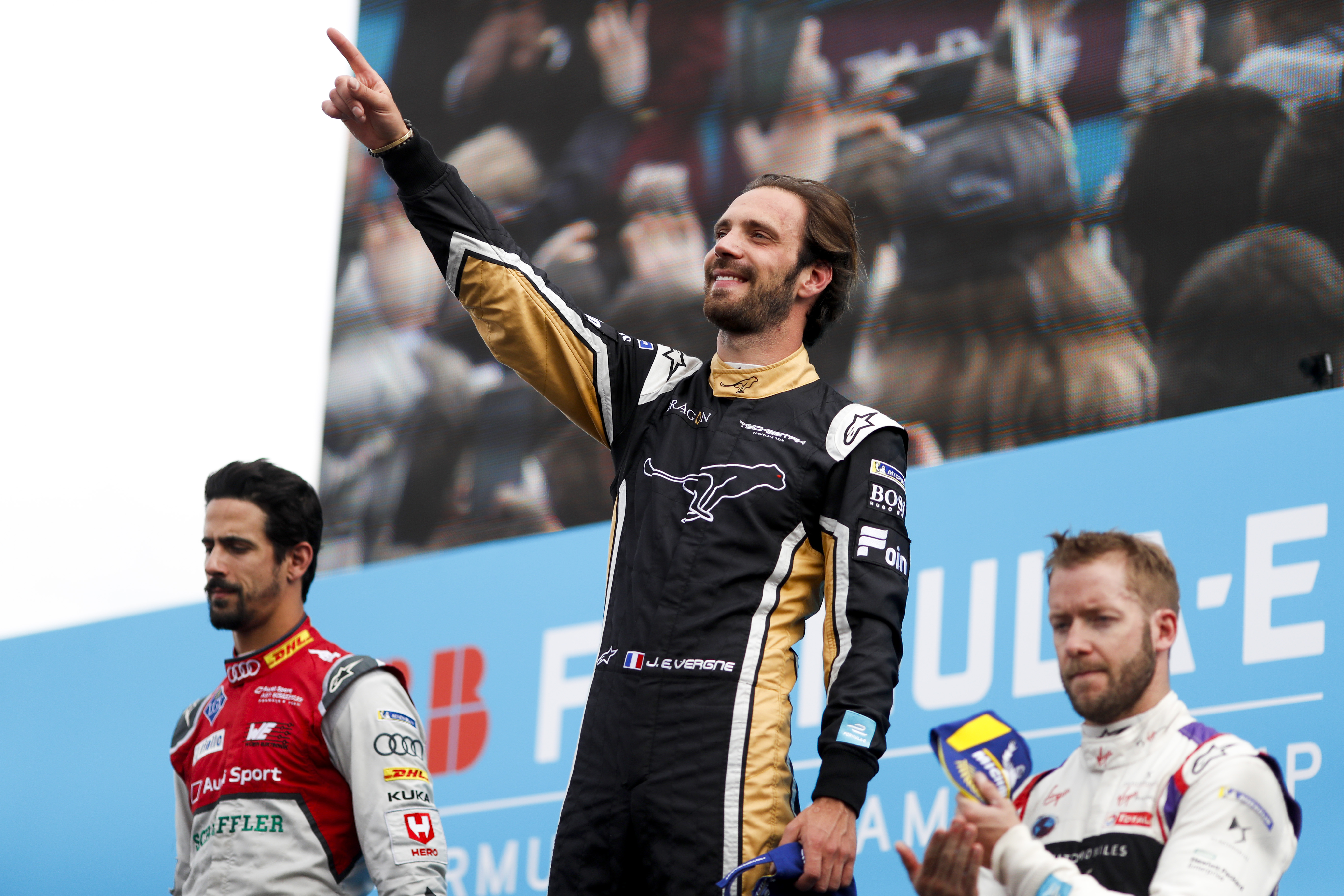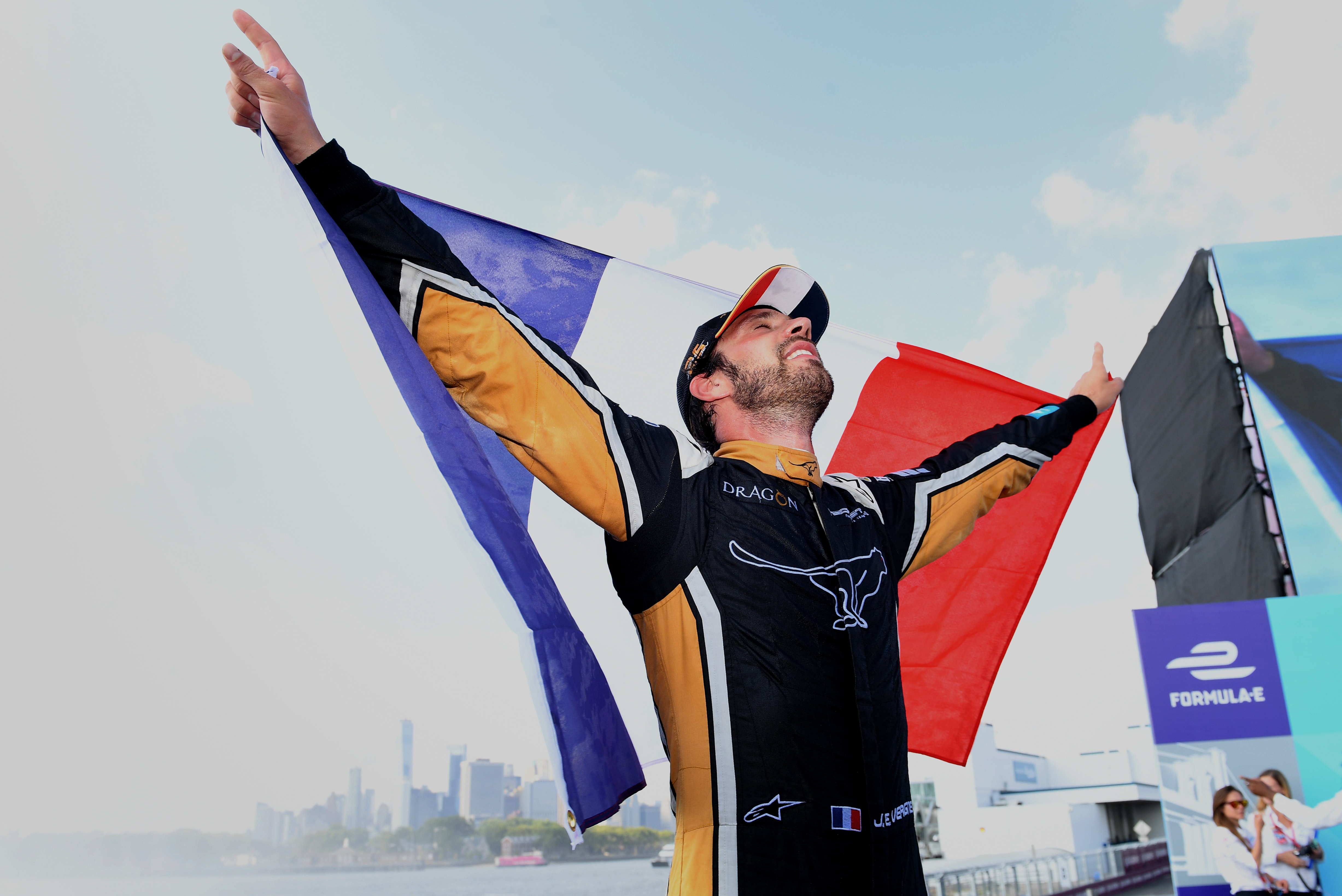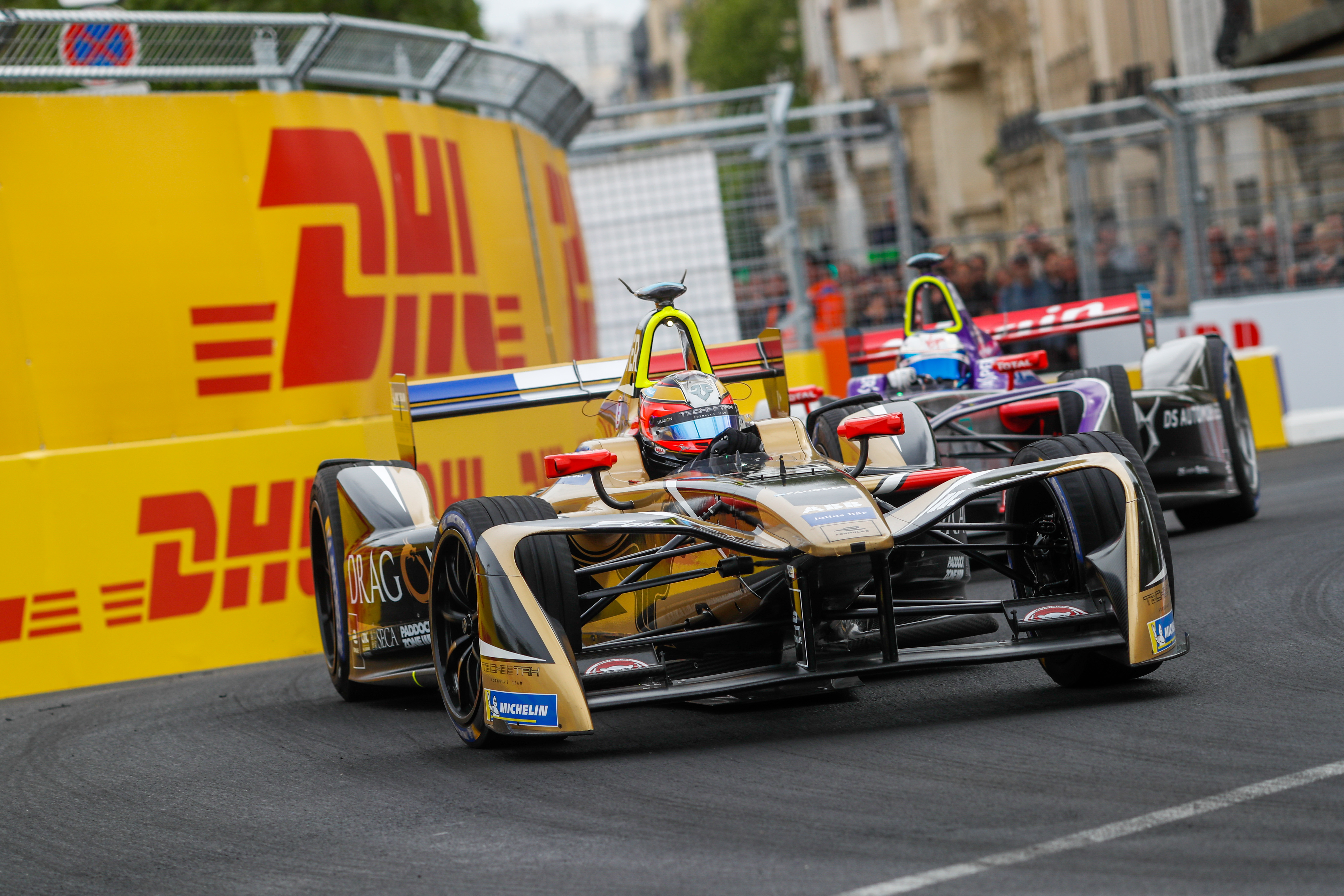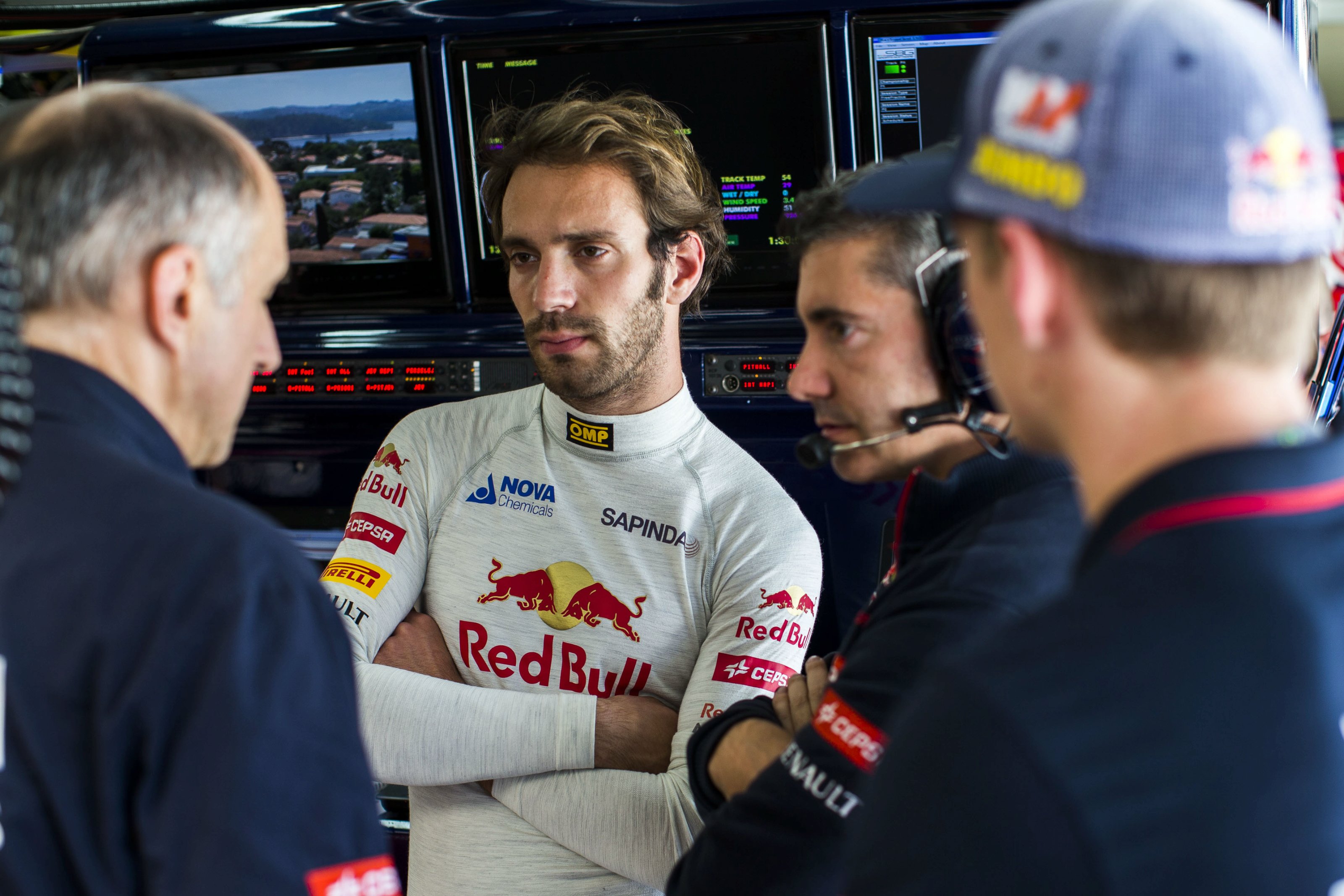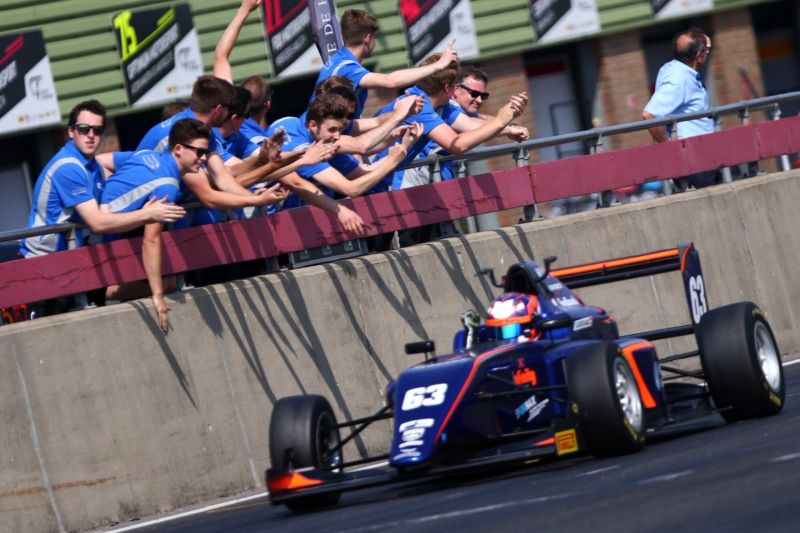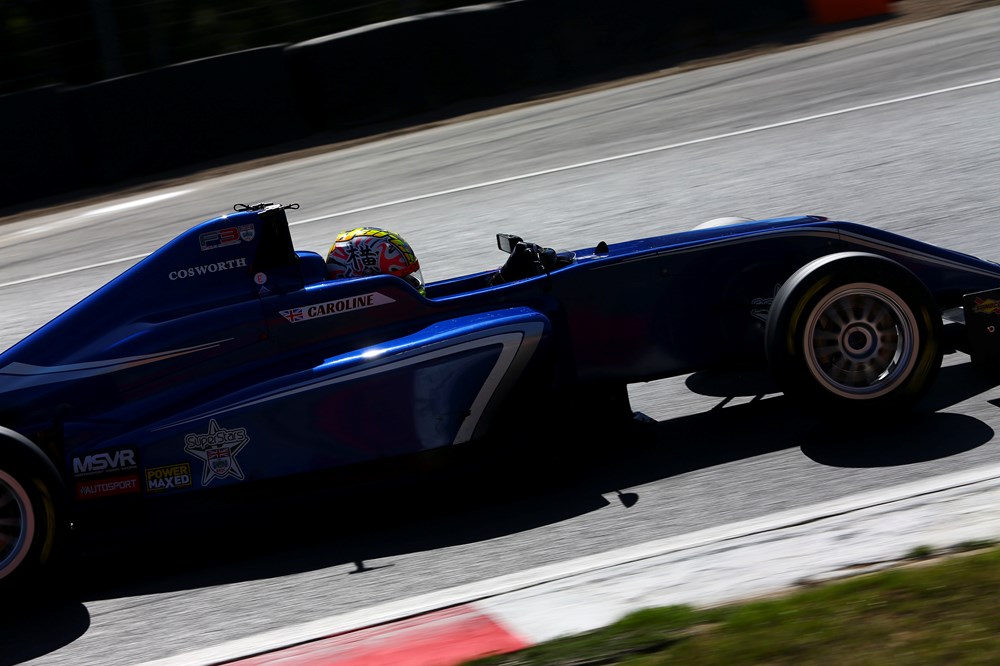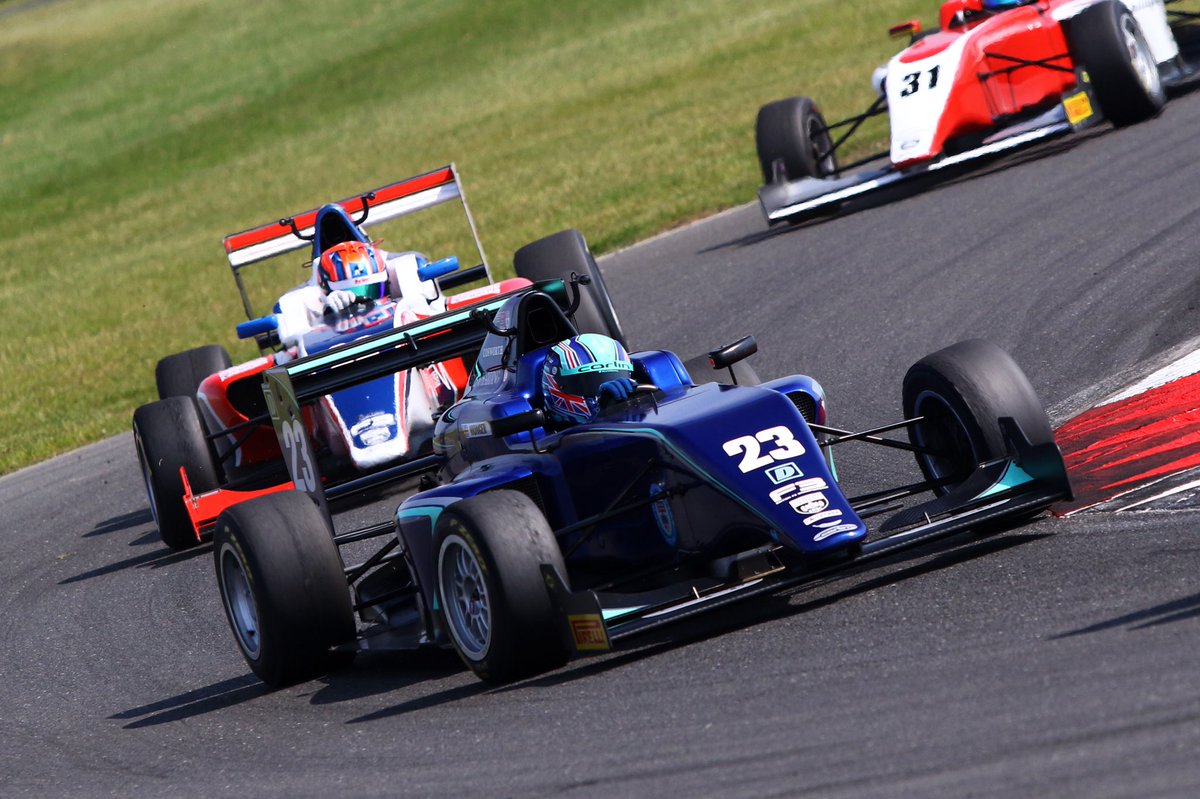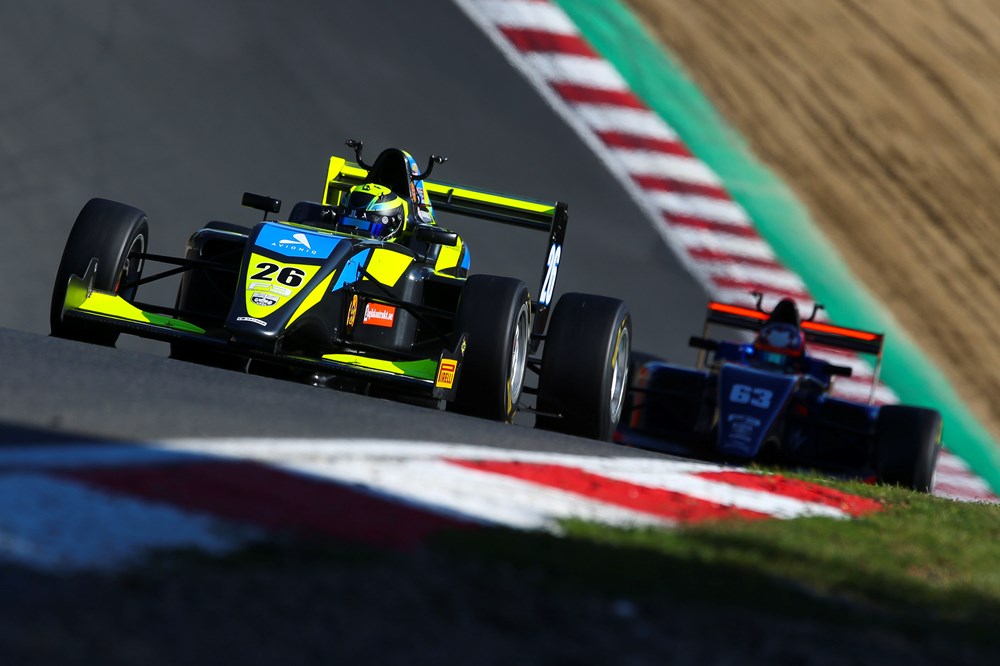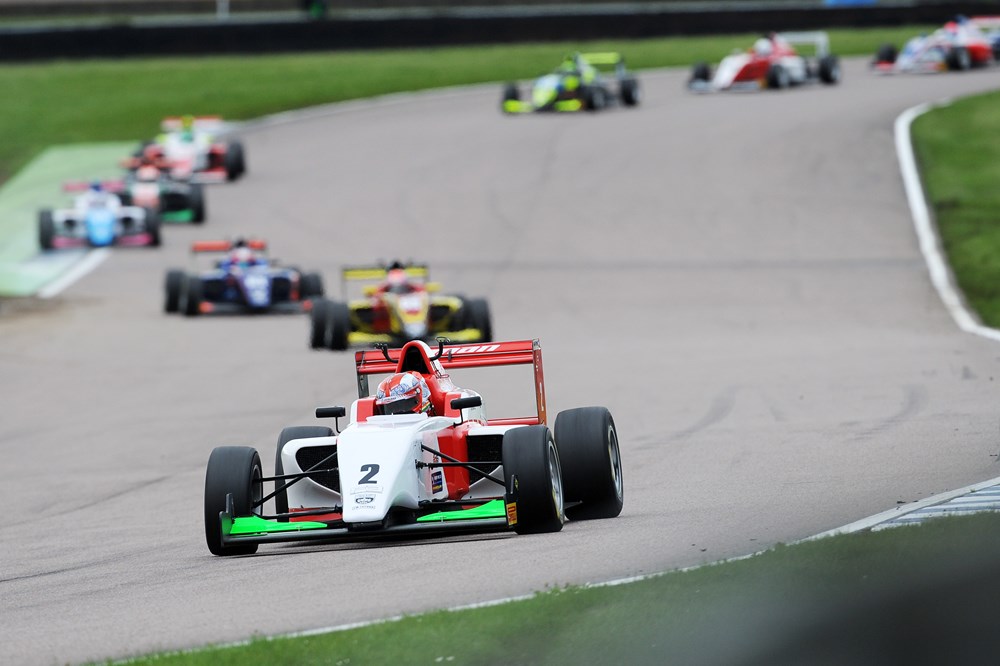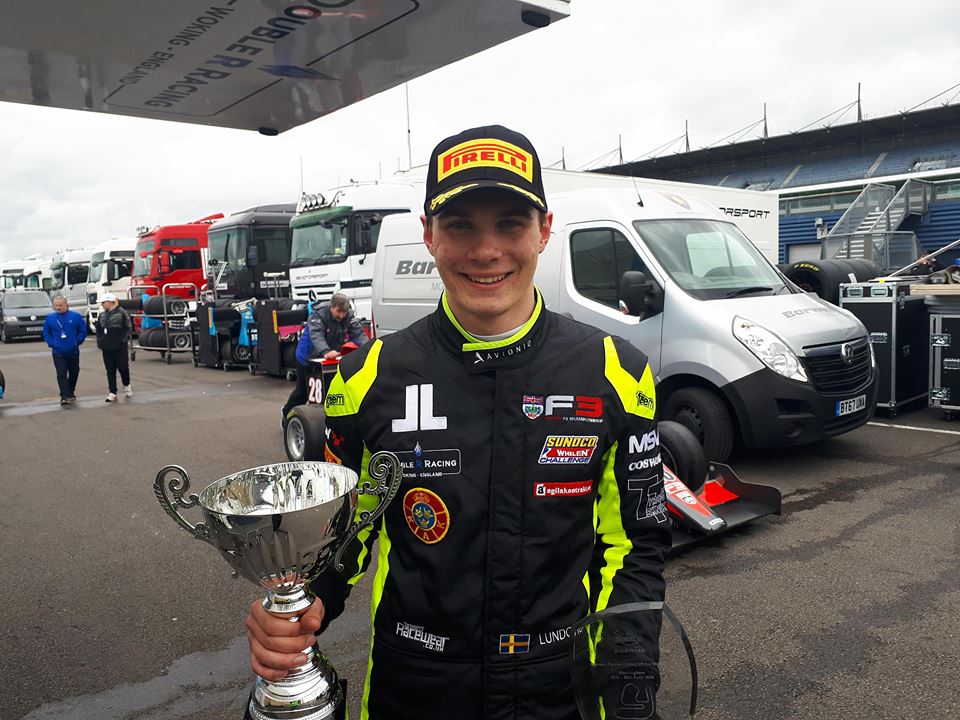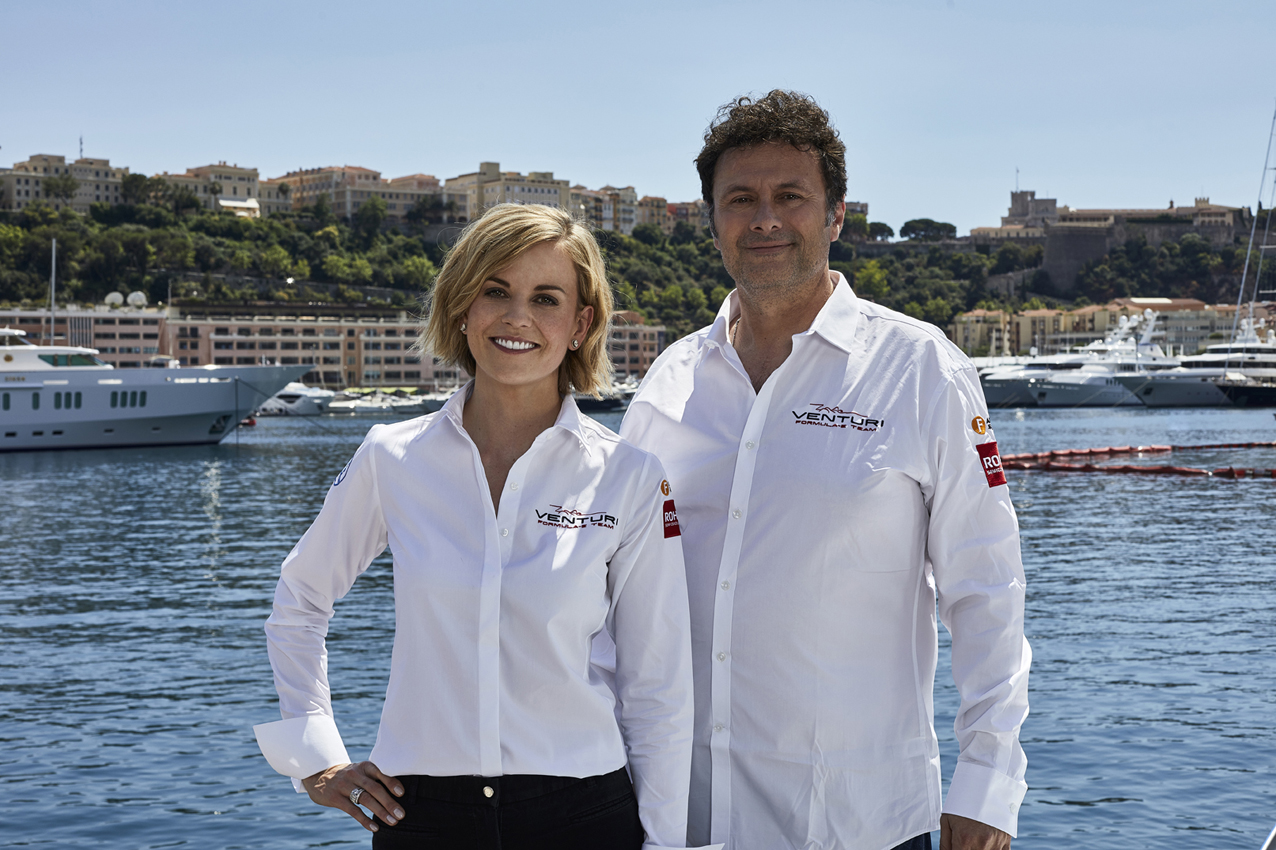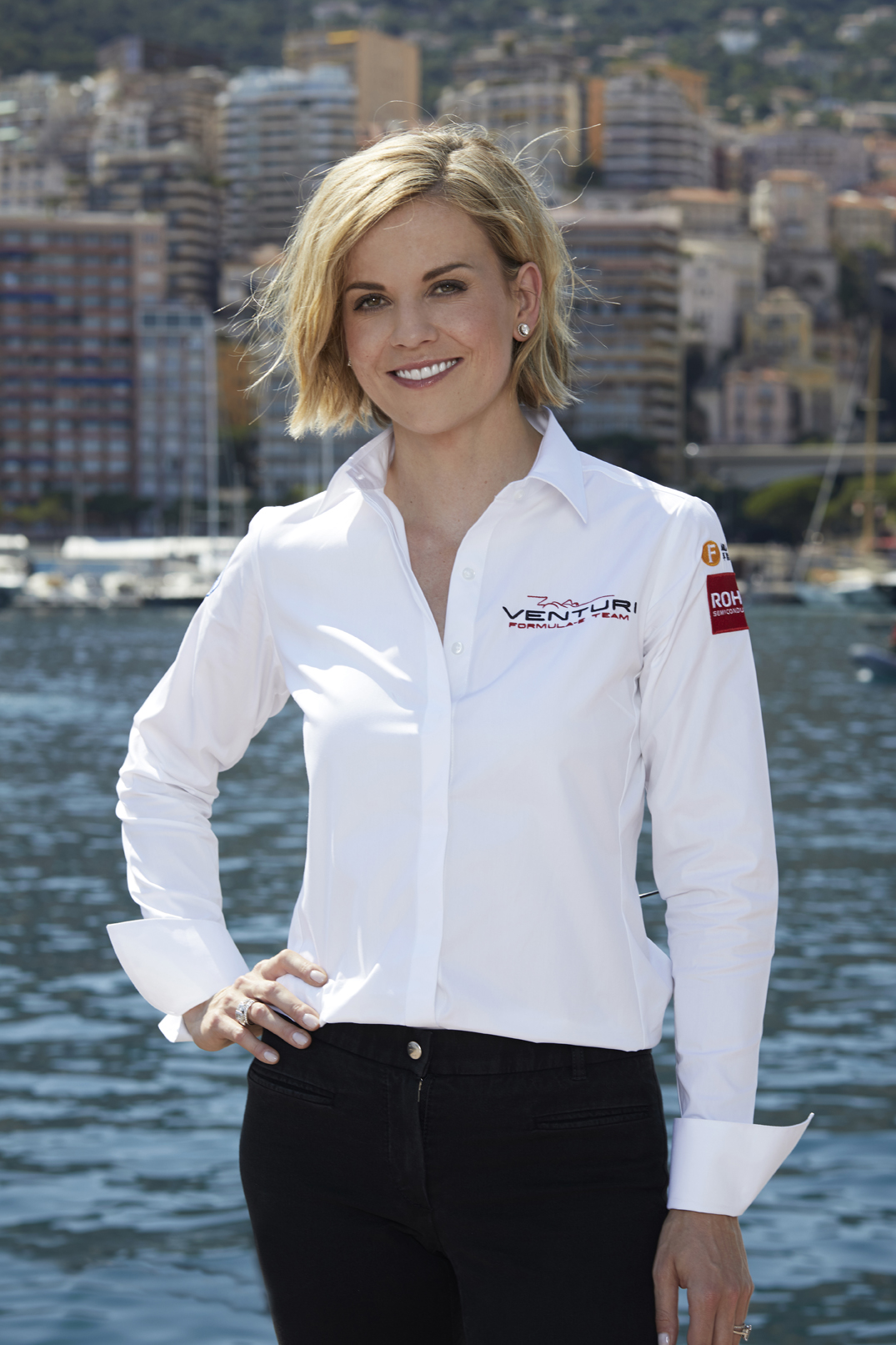It was one of the most dramatic races ever – It’s worth mentioning also that the team hadn’t done that well that year, with numerous DNF’s and a very slow car as well. However, when the team changed their designer, bringing Mike Gascoyne on board and he introduced a new floor and sidepods. Damon Hill drove the improved car to fourth in the German and Hungarian races, the two races before Belgium.
During the Friday’s free practice sessions, Damon placed the car fourth and then third fastest, showing the changes were making a dramatic difference. Then in qualifying Damon put the car third on the grid, ahead of Michael Schumacher and behind only Mika and David in their McLaren Mercedes.
In the wet and raining warm up on Sunday morning the two Ferrari’s led the way, with Michael ahead of Eddie Irvine, whilst Damon was sixth.
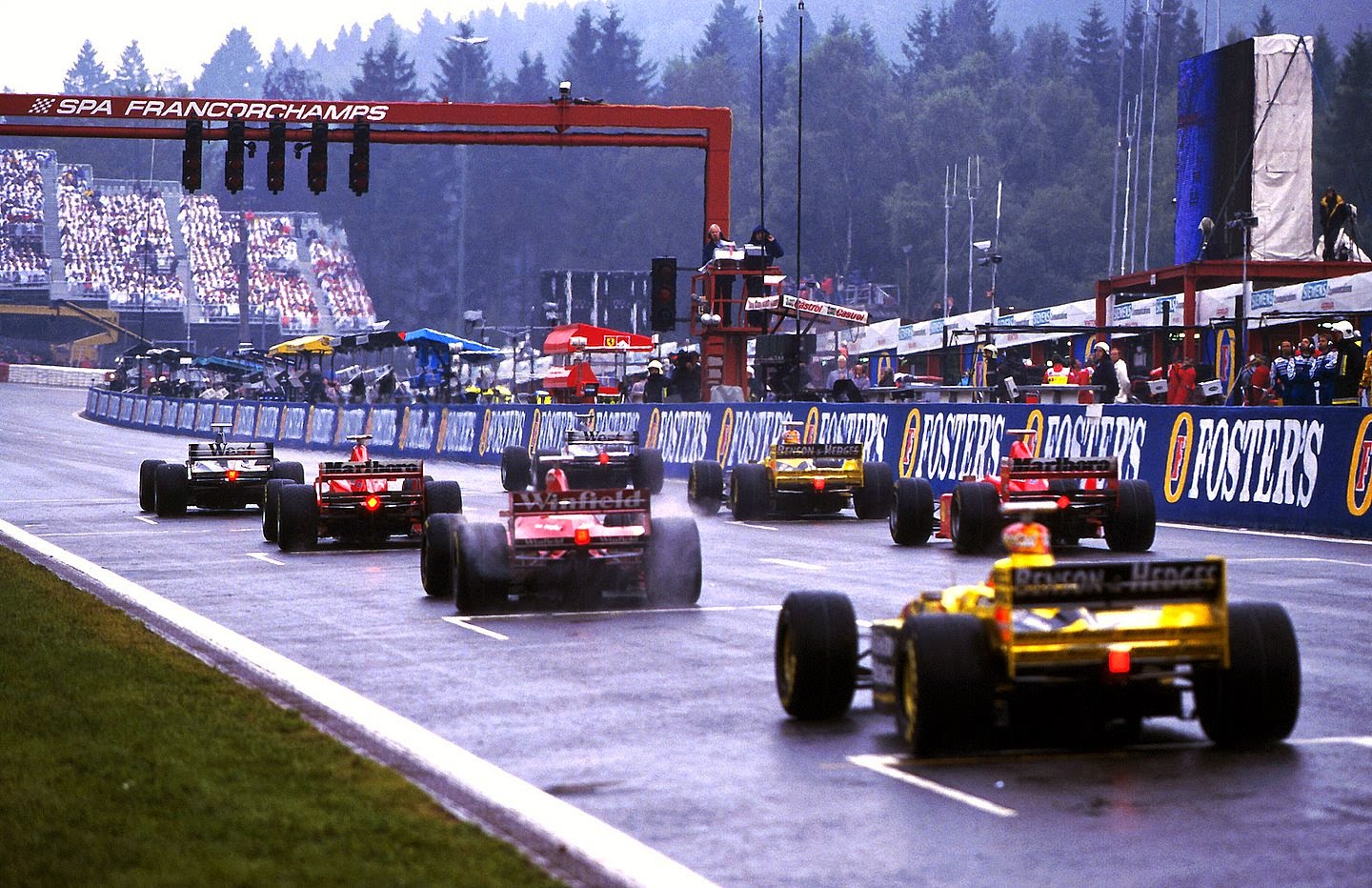
At the first start there was a massive accident taking out nine cars. The drivers who didn’t restart were Rubens who was injured, Olivier, Salo and Rosset.
The rain eased off and after the clean up that saw so many cars out, the grid lined up for a restart with the drivers opting to switch to intermediate tyres.
At the start, Damon Hill took the lead, but Mika Hakkinen spun at La Source and was hit by Johnny Herbert who clipped the front of the McLaren. With Mika and Johnny colliding at the first corner, the safety car came out for a couple of laps whilst the mess was cleared up.
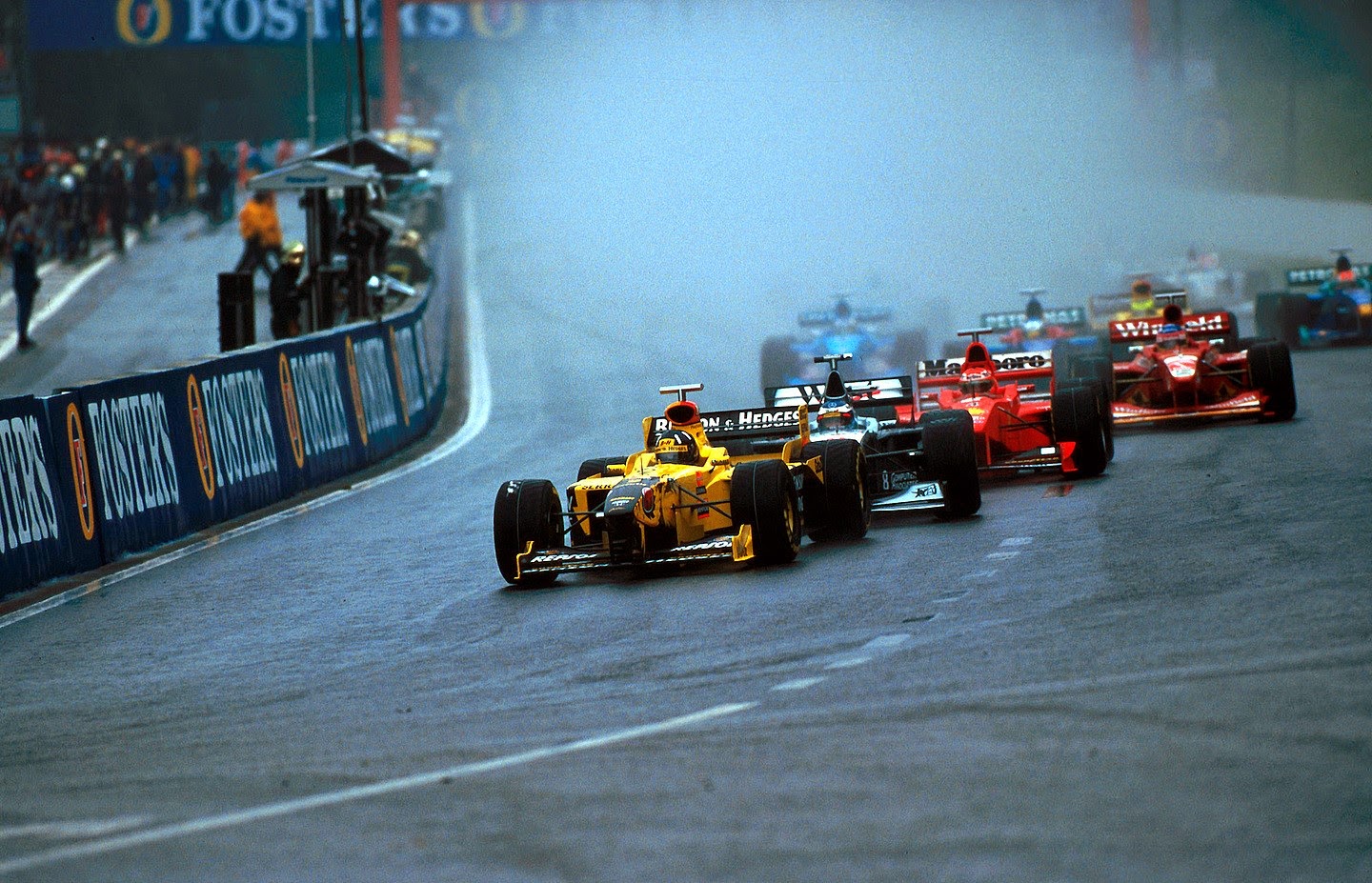
At the restart after those safety car laps, Jacques passed Jean Alesi, moving into fourth place. Seven laps into the race, Damon and Michael were lapping a full three seconds faster than all the other drivers and were eight seconds ahead of Eddie Irvine who was third.
After eight laps, the rain started to fall harder and Michael Schumacher took the lead from Damon, out braking the Brit into the bus stop chicane. Once there, with his set-up on his Ferrari set to the track getting wetter. Each lap saw the German pull away from Damon and the lead by lap 13 was ten seconds.
Lap nine saw Eddie spin off and damage his front wing and further back the remaining Stewart driven by Jos Verstappen retired after his Ford engine failed. Twelve laps in and Michael had a nine second lead over Damon. Williams driver, Heinz Harald Frenzen was now in third place, but Jean in his Sauber was actually catching the German ahead of him. On lap 14, Frenzen ran wide into the gravel in the final third of the lap, and Jean passed him, moving into third and was now lapping faster than Damon. The lap times were starting to increase as the rain began to fall heavier and Jacques had now caught his teammate. On lap 16, having not stopped for full wets the Canadian spun out and retired from the race. The result of that was our top three was now Michael, Damon and Ralf.
However, the race was to have a dramatic moment on lap 25, when Michael struck the rear of David’s McLaren as he was coming through to lap him, and this ripped off his right-front wheel and suspension, and David’s rear wing being knocked off! The two drivers completed the lap, Michael driving on just three wheels, but then Michael stormed down to the McLaren pits and had a go at David. He was pushed away by his own team who had tried to stop him from going down there in the first place.
The net result of this was that Damon was back in the lead. A couple of laps later, Damon ran wide at the bus stop chicane and took a skip over the grass. No big drama though, as he had a good lead over his teammate. In third place by this point was Jean Alesi in his Sauber and at points, he was lapping faster than the two Jordan’s ahead of him.
The following lap saw an identical crash – Fisichella in his Renault hit the rear of Nakano’s Minardi as they came down to the bus stop chicane, with the result that he lost control and also hit the barrier at the start of the pit lane. A small fire started on the side of the car, which was put out quickly and given the position of the car, race control released the safety car which stayed out for five to six laps whilst the mess was cleared up. A number of cars pitted during the safety car period and Damon managed to pit and re-join in the lead.
David’s McLaren had been rebuilt with a new rear wing and re-joined the race in seventh place but was four laps behind the sixth-place driver. With 12 laps remaining, the safety car was still out there but preparing to pit and the race would restart.
With 10 laps remaining, Damon had everything under control and was pulling away from his young teammate, Ralf, who in turn was keeping a good gap to Jean in his Sauber and four seconds covered the top three with eight laps remaining, but the gap then started falling as the rain eased off and with just five laps remaining just three seconds covered the top three.
Three laps to go and Damon had opened up a bit more of a lead now with the rain falling harder again. Jarno Trulli, running in the final points position was lapped safely by Damon on lap 42.
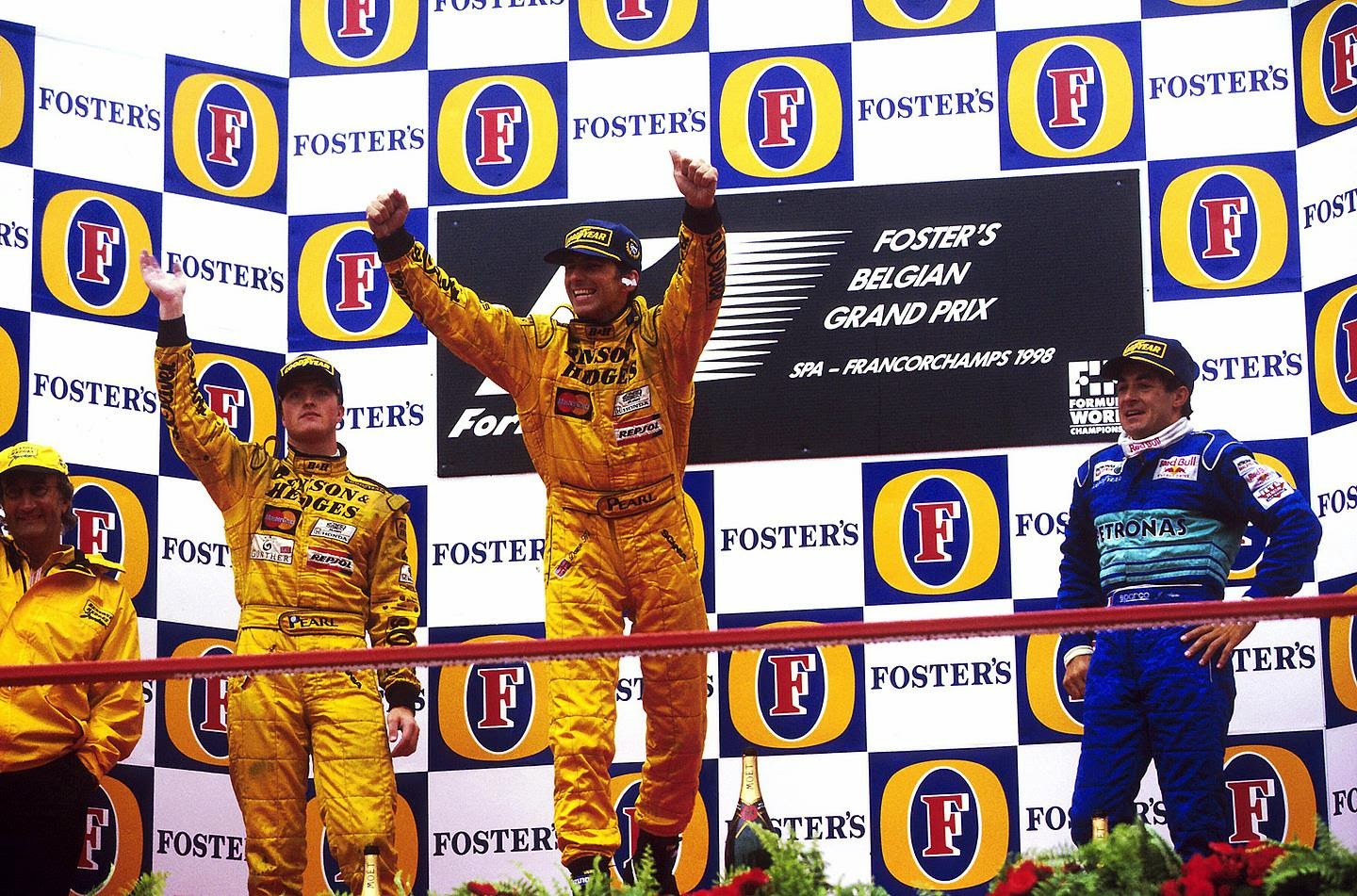
The final lap passed without incident and Damon Hill crossed the line to win his twenty-second race and Jordan’s first. Ralf took second place and Jean Alesi took Sauber’s first podium in third place with a brilliant drive. Heinz Harald-Frenzen was fourth and Pedro Diniz, driving for Arrows was fifth and taking the final points position of sixth, Jarno Trulli in his Prost.
I’d say, that this race is definitely one of my favourites, and not just because Damon won, but for the incredible drama and excitement it brought to the those who watched.
Full race result
